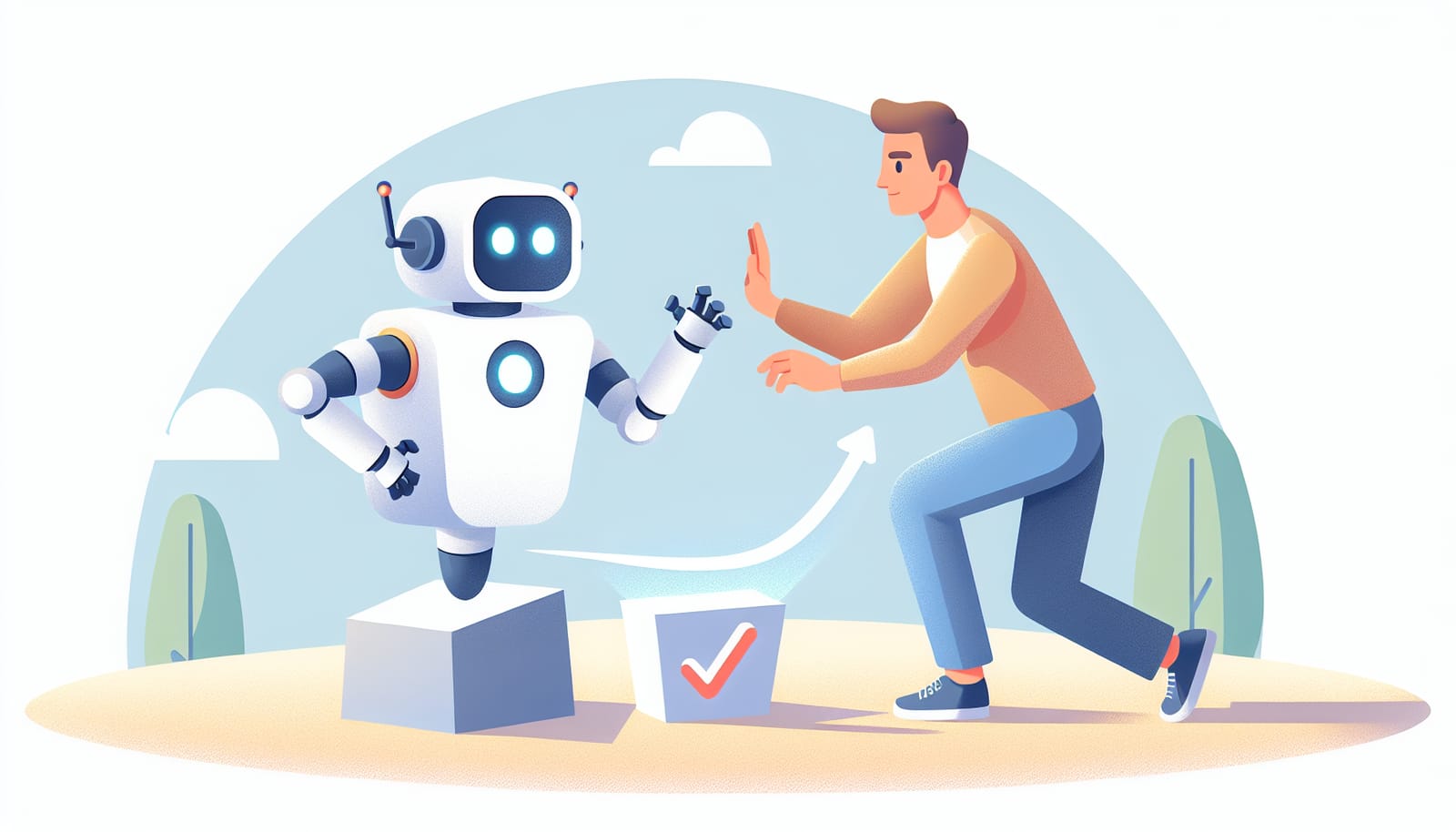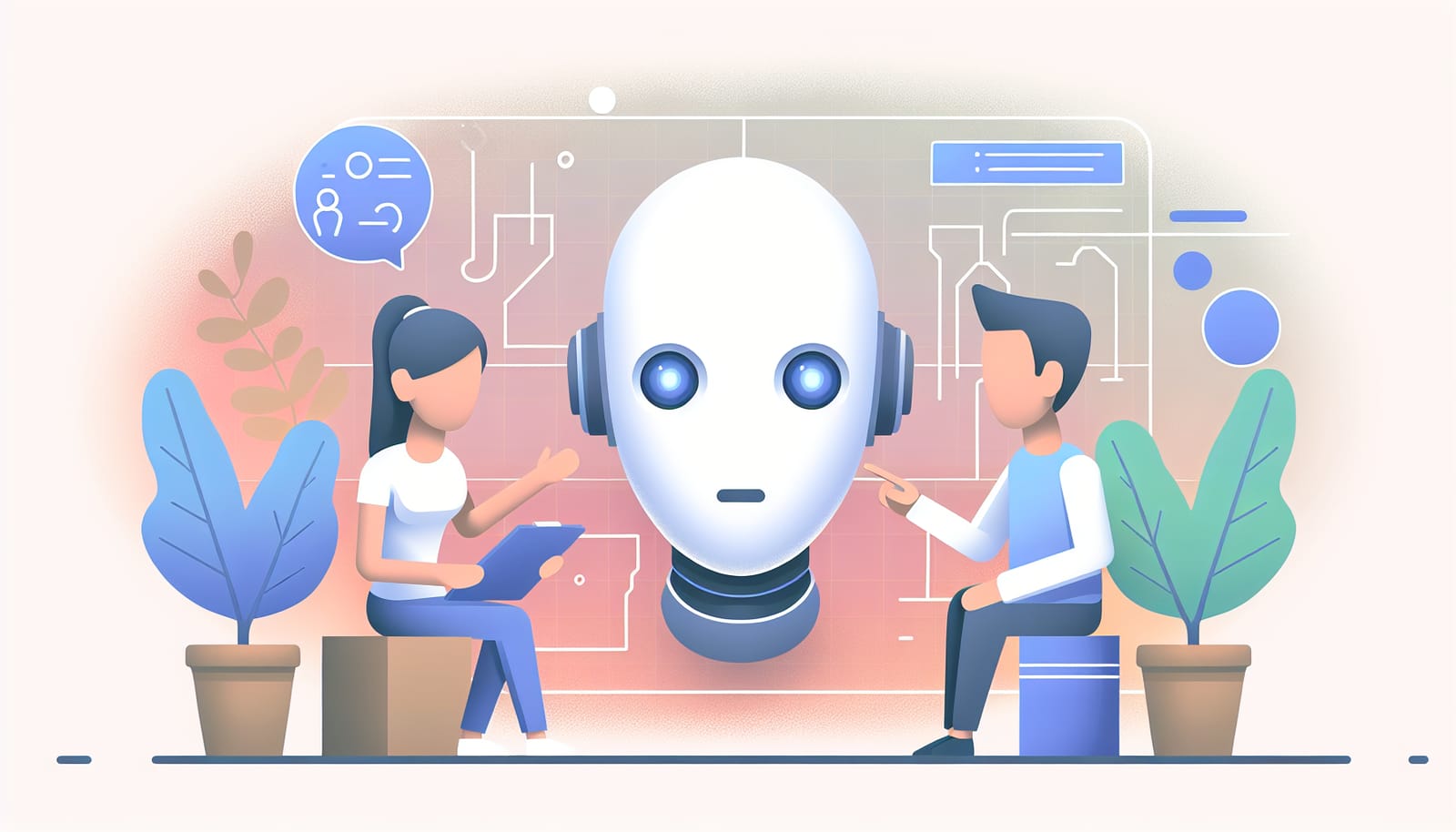Artificial Intelligence, or AI, is a fascinating world of technology that is changing how we live, work, and interact. But how does AI make sense of time, order, and sequence, much like we do in our daily lives? In this article, we'll break down these concepts in a simple and engaging way, so even a child can understand. Whether you're curious about how AI processes information or simply want to learn something new, you're in the right place!
What is Time, Order, and Sequence?
Before diving into how AI understands these concepts, let’s clarify what we mean by time, order, and sequence.
- Time refers to the progression of events from the past, through the present, and into the future. Think of it like a timeline where everything happens in a specific order.
- Order is about the arrangement of items or events in a particular way. For example, when you bake a cake, you must mix the ingredients before putting it in the oven.
- Sequence is the specific order in which events occur. If you're telling a story, the sequence is essential; you wouldn’t want to tell the ending before you’ve introduced the characters!
Understanding these concepts is crucial for AI, especially when it comes to processing information and making predictions.
How Does AI Process Time?
AI systems often rely on data that is collected over time. For instance, when you ask a virtual assistant about the weather, it considers the data collected over hours, days, or even years to provide accurate forecasts.
AI uses algorithms, which are like recipes, to analyze this data. These algorithms can recognize patterns over time. For example, if it usually rains in your area every July, the AI will learn this pattern and can predict that it might rain again next July.
This ability to analyze time-related data is what makes AI so smart and useful. It can help in various fields, from predicting natural disasters to improving healthcare outcomes.
The Role of Order in AI
Order is another critical element that AI must understand. When processing data, AI considers the arrangement of information to make sense of it.
For instance, when you read a recipe, you follow the steps in a specific order. If you skip to the end and bake the cake without mixing the ingredients, it won't turn out right! Similarly, AI algorithms are designed to follow certain orders when processing information.
One common example is language translation. When an AI translates a sentence from one language to another, it must understand the order of words and phrases. In English, we say "the cat sits on the mat," but in other languages, the order might change. The AI must recognize these differences to provide an accurate translation.
Understanding Sequence with AI
Sequence is all about the specific arrangement of events or data points. AI systems utilize sequences to learn from past experiences and make predictions about future events.
A great example of this is in video streaming services. When you watch a series on Netflix, the platform uses AI to analyze your viewing history. It looks at the sequence of shows you've watched—maybe you watched a comedy followed by a thriller—and uses that information to recommend what you might like next.
The AI understands that if you enjoyed a particular genre of shows in sequence, there's a good chance you'll want to continue with similar content. This understanding of sequence helps create a personalized experience for each user.
The Importance of Context
While understanding time, order, and sequence is essential, context is equally important for AI. Context helps AI make sense of the information it processes.
For example, consider the word "bat." In one context, it can mean a flying mammal, while in another, it refers to a piece of sports equipment. An AI system must have enough context to understand which "bat" you're talking about.
Contextual understanding is particularly important in natural language processing (NLP), where AI aims to understand human language. Modern AI systems are trained on vast amounts of text data, learning to recognize context to interpret meaning accurately.
Learning from Data
AI learns from data using a method called machine learning. This involves feeding the AI large datasets that contain examples of time, order, and sequence in action. Over time, AI can identify patterns and improve its understanding.
For instance, consider a self-driving car. It uses sensors to collect data about its surroundings, including the order of objects on the road, the sequence of traffic signals, and the time it takes to accelerate or brake. By analyzing this data, the AI can learn how to navigate safely through traffic.
This process is similar to how humans learn. When we experience something multiple times, we start to recognize patterns and make better decisions in similar situations.
Challenges AI Faces with Time, Order, and Sequence
Despite the impressive capabilities of AI, it still faces challenges when it comes to understanding time, order, and sequence. One major challenge is dealing with incomplete or noisy data. If the data is missing or not recorded in the right order, it can confuse the AI and lead to incorrect predictions.
Additionally, human behavior is often unpredictable. While AI can recognize patterns, it can struggle with anomalies. For example, if a person suddenly decides to take a different route home from work, the AI may not know how to adjust its predictions.
To overcome these challenges, AI researchers are constantly working on improving algorithms and data-processing techniques. As technology advances, AI's ability to understand time, order, and sequence will become even more sophisticated.
AI's understanding of time, order, and sequence is a remarkable feat of technology. By leveraging data, algorithms, and contextual learning, AI can enhance our lives in numerous ways—from helping us find the best routes on our daily commute to recommending our next favorite movie.
As we continue to explore the world of AI, it’s essential to remember that these systems are tools designed to assist us. The more we understand how they work, the better we can use them to improve our lives and our world.
So, whether you’re curious about AI or excited to see how it can make a difference in your life, remember that time, order, and sequence are just a few of the fascinating concepts that make AI tick. The future is bright, and AI is just getting started!


